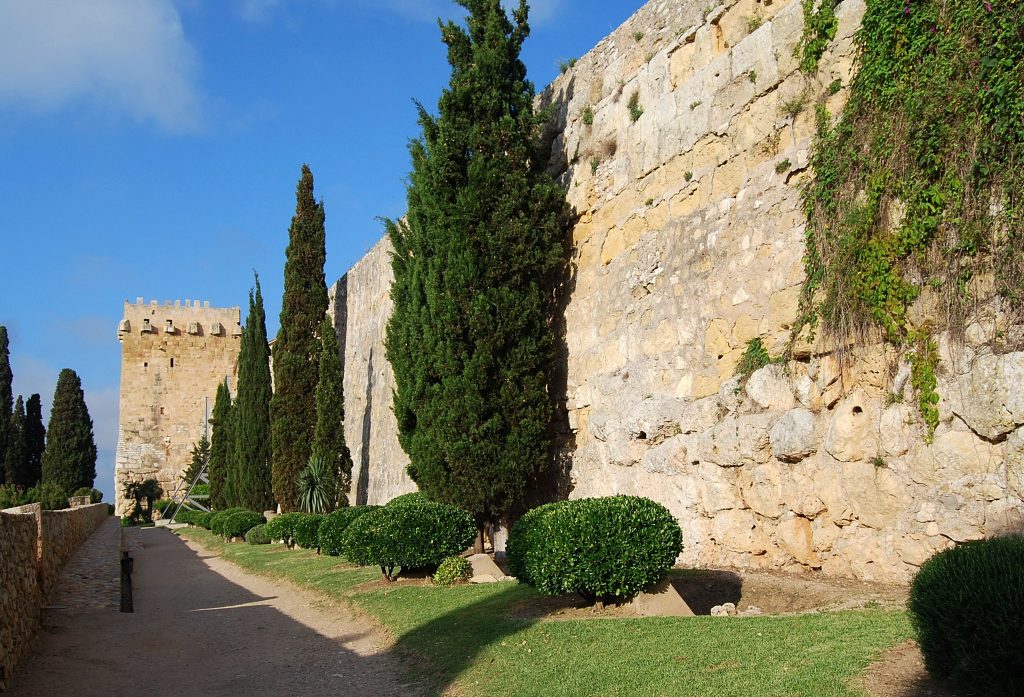Kelto-Iberians, Phoenicians and the Punic wars
To put things into perspective man has to know about the past. From Roman times to the present day, Spain has played an important role in the progression of the Western World. InSpain.news gives a resume of the history of Spain based on several (scientific) sources. This is part 2. Read part 1 here.
Kelto-Iberians
As history progresses, in addition to mixing with mainly Greeks, the indigenous Iberians started mixing with others. Mixing with Celts occurred between 1000 and 500 B.C., when they came over the Pyrenees entering the Iberian Peninsula, and settled predominantly in northern Spain. Among other things, Ebyzos (Ibiza) was founded by the Celts (654 B.C.). There are still many remains of Celtic culture in Spain like the dolmens in Antequera.
Phoenicia/Carthage (+/- 1000 B.C. – 146 B.C.)
Phoenicia was located in the area of current Lebanon, Israel and Syria. Around 1400 BC, after the Minoan empire collapsed, Phoenicia became the most successful seafaring and trading nation in the Mediterranean. The Phoenicians founded colonies in the Greek city states, on the north African coast and also on the Spanish coast (Gadír-Cádiz). They introduced grapes, olives and donkeys to Spain. The most famous Phoenician city state was Carthago (Tunis in the present Tunisia). The inhabitants of Carthago were named “Puni” by the Romans)
Around 500 B.C, the Persians conquered Phoenicia. Carthago continued independently as an important power factor in the Mediterranean. Initially, the Carthaginians controlled the south coast (Cádiz) of Spain. By that time, Carthago had destroyed the city of Malaca (Malaga), which may account for the fact that there have never been any Greek remains found in Malaga.
Later, around the 3rd century BC, the Carthaginians expanded their power to the south-east of the Iberian Peninsula. The Carthaginians (Puni) founded the current Cartagena in Murcia (named by the Romans as Carthago Nova) because of the strategically located natural harbour and the silver mines.
The Punic Wars
In the third and second centuries B.C, the Puni (Hannibal) fought three wars with the Romans. During the Second Punic War, when Hannibal travelled across the Alps with his elephants to attack the city of Rome, the Romans opened a second front in Spain where they defeated the Carthaginians (206 B.C.). After the Third Punic War (146 BC) Carthago was finally defeated, the city completely destroyed. Carthago became a Roman province (Africa). The Roman Empire settled on the Iberian Peninsula. The conquest of the Iberian Peninsula took place from the south east in the northwestern direction. It would take another 200 years before the Romans conquered the entire Iberian Peninsula, especially as tribes in the north were very resistant.
Around 200 BC (2nd Punic War), the area belonging to the present Catalonia came into Roman hands and the city of Tarracco was founded. Tarracco became very wealthy through agriculture, textile and overseas trade. Tarracco was the capital of the Roman province of Tarragonensis. In the present Tarragona, there are still many remains of this Roman provincial capital, including a large Roman city wall and an amphitheatre.



